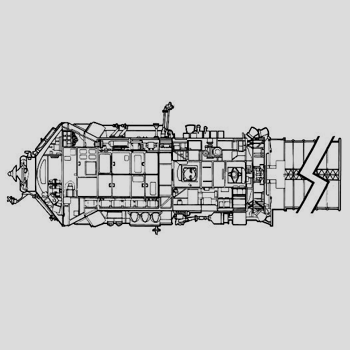How do you change 0.452 into a percent and how do you round it to the nearest tenth of a percent?
3 Answers
Explanation:
To change any decimal to a percent, you multiply the decimal by
In order to round to the nearest tenth, you examine the value in the hundredths place to determine whether or not the number in the tenths place will be kept or rounded up. However, there is no hundredths place in this case, so you are not able to round.
Amendment:
The above method of changing a decimal to a percent is the "easily remembered" method. It is based on the combination of several properties and definitions.
First, a percent is is part of one whole unit (or item, or total, etc.). Therefore,
The number
Also, remember that any number has multiple forms. In this case, let's consider some equivalent forms of the number
All four of these previous representations are equivalent in value. The Substitution Property of Equality allows us to use
And so, the more correct representation of the process shown in the original explanation is:
If my earlier explanation was too simplistic or mislead anyone, I apologize.
Explanation:
Decimals and percentages are interchangeable without any working at all. They are just different ways of writing the same thing.
Here are some examples.
Percentages are out of 100 and the second decimal place represents hundredths.
It is already correct to one tenth of a percent (the first place holder after the decimal point.)
Explanation:
Think of
~~~~~~~~~~~~~~~~~~~~~~~~~~~~~~~~~~~~~~~~~~~~~~~
If we multiply it by 1 but in the form of
~~~~~~~~~~~~~~~~~~~~~~~~~~~~~~~~~~~~~~~~~~~~~
So we can write
Which is the same as
~~~~~~~~~~~~~~~~~~~~~~~~~~~~~~~~~~~~~~~~~~~~~~~~~
This can be written as
~~~~~~~~~~~~~~~~~~~~~~~~~~~~~~~~~~~~~~~~~~~~~
So we can write
So
~~~~~~~~~~~~~~~~~~~~~~~~~~~~~~~~~~~~~~~~~
Note that



